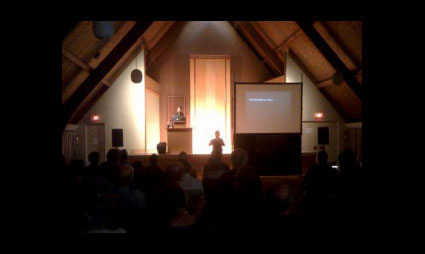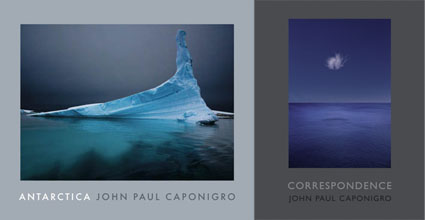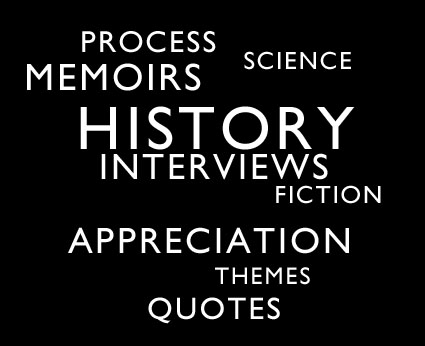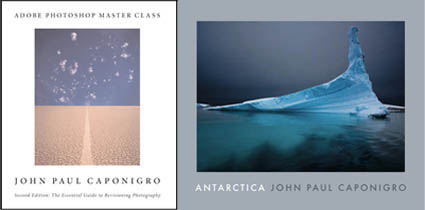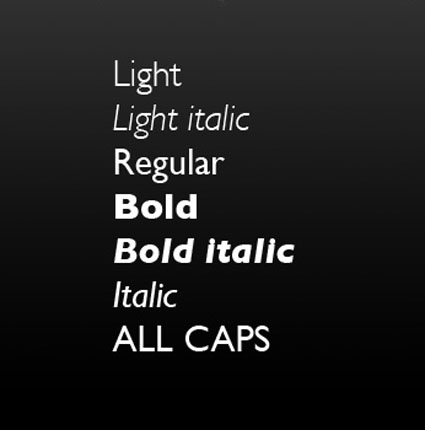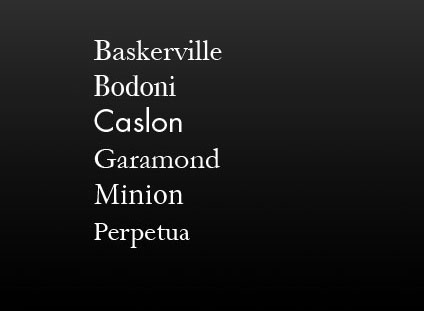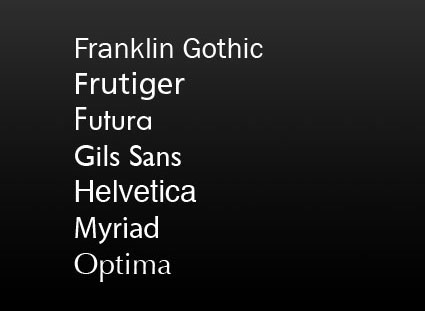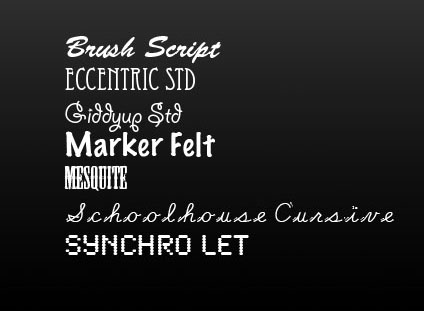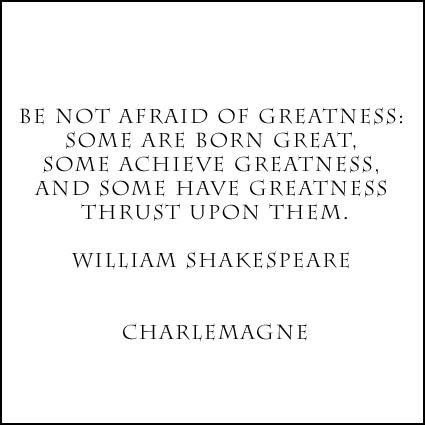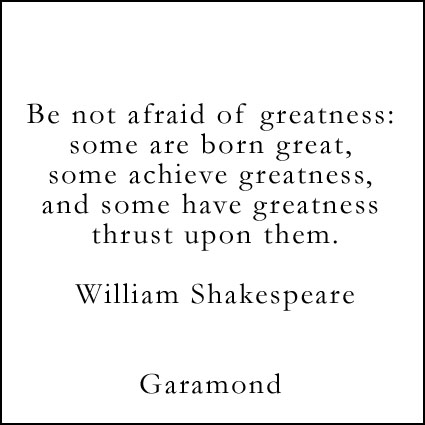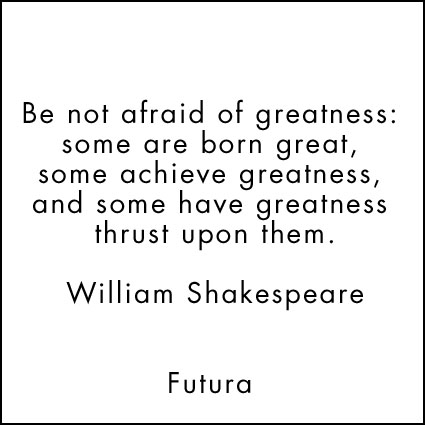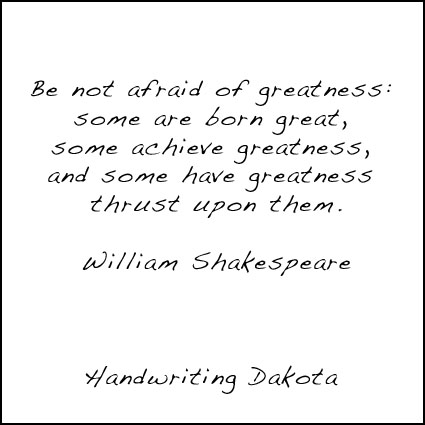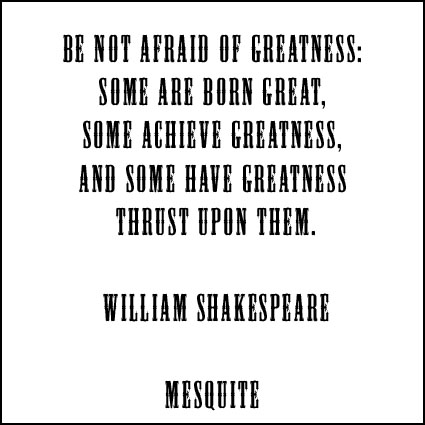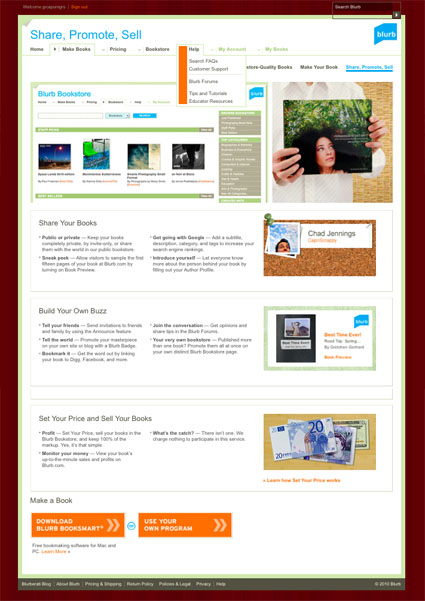
Blurb offers a number of ways you can share, promote, and sell your books.
Once you print your book you can invite others to preview and purchase it, either with Blurb’s announce feature or with your own mailing list.
Blurb’s new widget allows visitors to preview your book online. You can show as much or as little as you like. You can install it on any webpage by copying the HTML code. The widget has one click social network sharing and purchase functions.
Keyword your book to make it easier to find your book on the Blurb store and on Google. All the text in your previews is Google searchable!
You can sell your book in the Blurb store. Anyone can find your books marked public. Only people you invite can find books you mark private. Blurb’s online service will track how many books are sold. You can even make a profit on your books by marking up the price and Blurb’s website will give you reports on your progress. Checks are sent to you monthly.
Blurb takes and fulfills orders for you. Alternately, you can order any quantity from them and take and fulfill orders yourself, which you’ll need to do if you want to sign or enhance (emboss, slipcase, include a print) your books, but you’ll have to pay for shipping twice (once to you and once to your customer).
Blurb’s combination of easy to use software and order fulfillment creates a combination of capabilities that’s unique among print-on-demand services.
Find my Blurb book Antarctica here.
Find out about my Blurb seminar May 15 in Toronto.
Learn more in my Fine Art Digital Printing Workshops.
